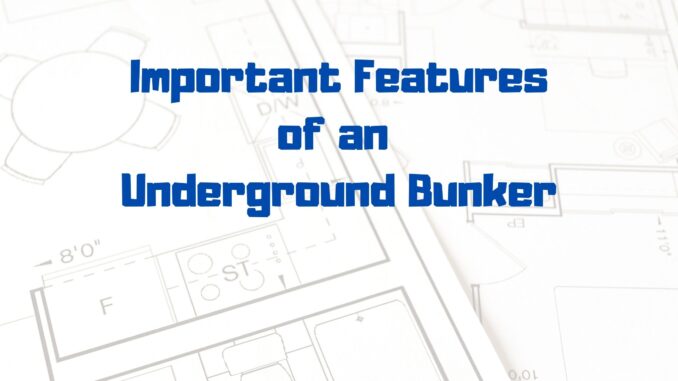
While underground bunkers have existed for more than a century, their popularity has surged in recent years as more and more people understand the importance of prepping and learning to live off the grid. With the recent coronavirus pandemic, awareness of preparedness has skyrocketed, and underground bunkers have come back into fashion as one piece of a properly prepared lifestyle.
Some companies have taken to selling bunkers at secure locations around the world to latch on to a rising interest in preparedness. One company, Vivos, claims it is selling one $35,000 bunker every single day in South Dakota, where some individuals are living full time underground. Certain bunker companies are aimed specifically at the ultra-rich, and a number of billionaires have purchased underground bunkers stocked with extravagant amenities and costing anywhere from several hundred thousand to several million dollars.
Prior to this most recent wave of interest in the features of an underground bunker, they existed mostly as protection against potential nuclear fallout in the period following World War II. These underground bunkers were sometimes owned by private citizens, but more often they were built by government organizations and local municipalities. Some of these structures were basic concrete boxes not larger than single-family dwellings, whereas others spanned a dozen floors or more underground, covering hundreds of thousands of square feet. Curiously, many of the Cold War-era bunkers that were later decommissioned are now being converted by private companies into the luxurious modern-day bunkers described above.
For the average person, however, a luxury bunker is both out of reach and entirely unnecessary. That said, a more cost-efficient and thoughtfully-planned underground bunker is a very useful structure to have for a variety of situations ranging from natural disasters to local or national unrest. Bunkers are strong bulwarks against a variety of threats and can be built within a budget, provided one has space on a piece of property to build.
If you decide to build your own bunker, you’ll want to pay attention to location, permitting, and design as well as ensuring that you dig in a location that is free from utilities or other hazards. When building, special considerations need to be made for the material—thick concrete is the most common choice, but you’ll need to keep in mind airflow as well as insulation. After building, it is essential to include systems for purifying air and water as well as generating electricity. Finally, stocking the bunker with supplies and regularly ensuring that it is kept up to date is vital.
Check out the infographic from BigRentz for a step by step guide to important features of an underground Bunker.



Leave a Reply